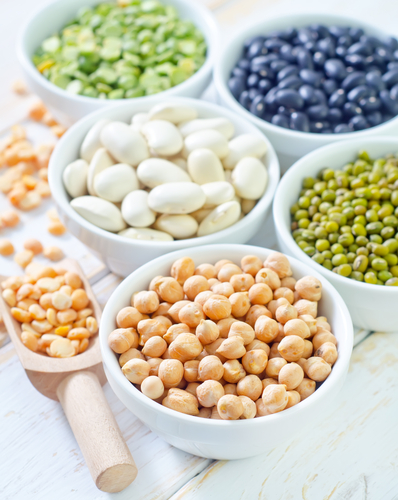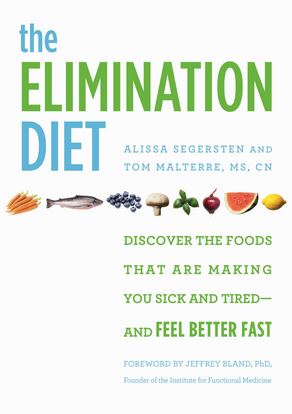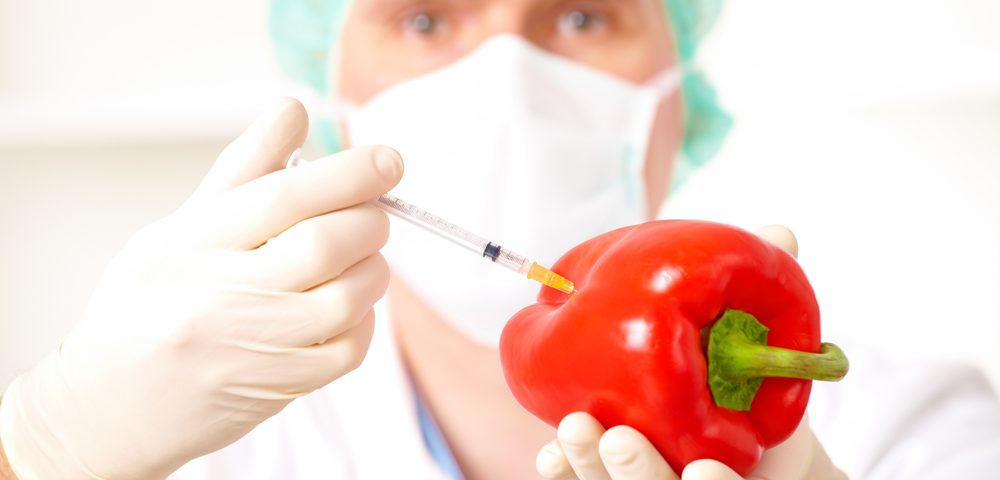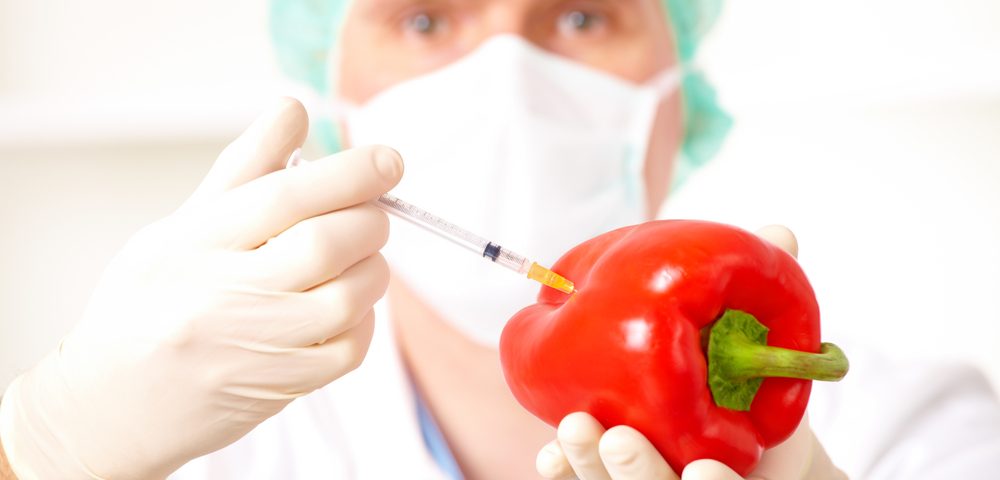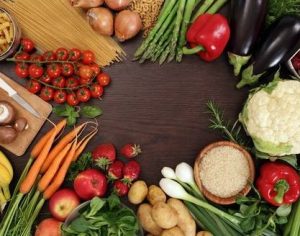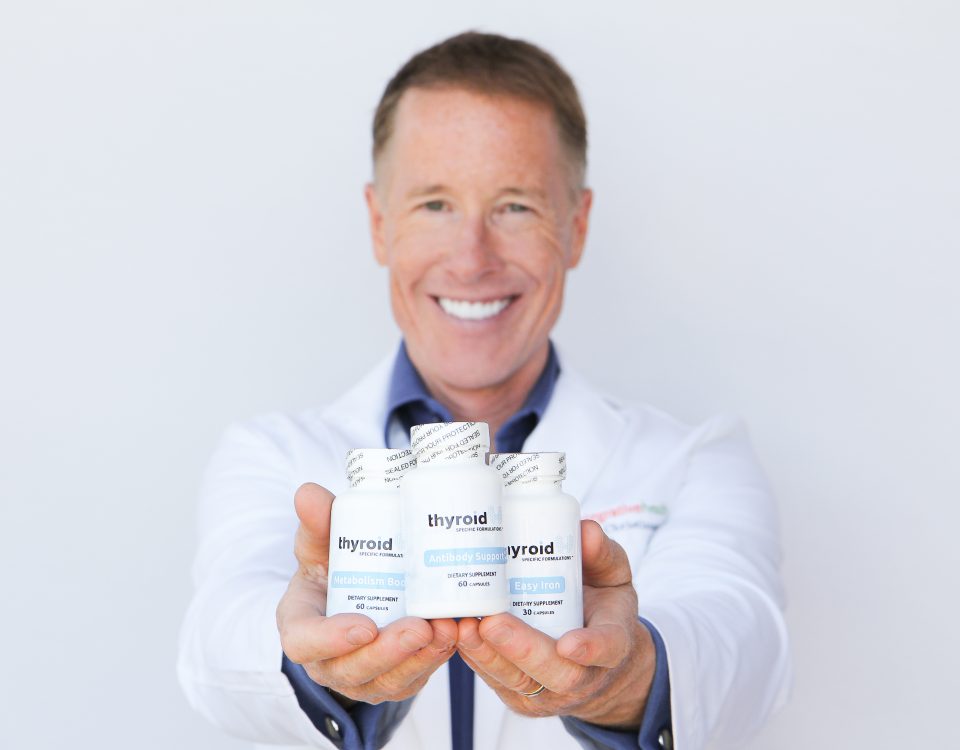There was a big study done on this mechanism. One of the common minerals we will see with nutrient absorption is zinc. Zinc can be really hard to get into the body. Some populations are at risk for low zinc. One of the biggest is adolescent boys. They need more of it, and their diets may not contain much of it. There was a study done on adolescent boys on diets that were unusually high in phytic acid. It was shown they did not develop zinc deficiency from that. So, this is not a big factor, but theoretically it could be. There have been some cases where people at risk for anemias were a little more anemic when their diets were higher in phytic acid, but honestly, a well-rounded diet can help circumvent that.
The other last class of compounds we have been told to be afraid of is goitrogens. This would include cruciferous vegetables, especially. These are vegetables like broccoli, cauliflower, brussels sprouts, kale and spinach. Soy and millet also get put in this class. If you are in an area with iodine malabsorption (which causes goiters or thyroid enlargements), then a high-goitrogenic diet will make that just a little bit worse.
Let’s wind back the clock and go to upper Michigan in the 1910’s. About that time, around a third of the kids in school had goiters and large necks. If the kids had a diet high in raw, cruciferous vegetables, that ratio might have only increased from 30% to 35% – a very small increase. There is no relevance of goitrogens being bad for your health in the modern world now that we have iodine-fortified salt. The same compounds that are goitrogenic are also cancer-fighters. There is a lot of data proving it is especially good against the hormonal cancers. So, the breast, ovarian and prostate cancers are all at lower risk when you have a higher intake of cruciferous vegetables. They are very good things.
The one goitrogenic food I would question is soy. We have concerns back and forth about its hormonal effects on autoimmune thyroid disease. So, I am not a fan of soy. There are unfermented versions of soy, like textured vegetable protein, soy protein isolates or tofu, which are the most questionable. The fermented versions of soy, such as miso or tempeh or natto, are clearly not dangerous. I had some of this a few days ago with my daughter, as we wanted to try it. Natto is pretty intense stuff. It is a fermented paste with some chunks of soy. It is ridiculously healthy. It is very high in vitamin K2, which is a powerful thing from keeping your body from calcifying. It is also very good for the immune system and the intestinal tract, but you do have to acquire a taste for it. Other goitrogens are actually really good foods and healthy for you.
So, why are we told to fear so many different foods, and what is the relevance of this to our health? I think there are a lot of things we are justified in avoiding. I do not know that fear is the best response, but there is validity to avoiding and limiting certain foods in our diets. I would put all the weird, processed foods on that list and sugar on the top of that list. So, we have got enough to worry about there. Let’s not add unnecessary fear to foods that are naturally occurring.
If we could rewind 100 years and look at the foods our grandparents had access to, we would find they are not dangerous foods. No one has wrecked their health because they did not know to avoid blackberries, beats or broccoli. Quite the opposite is true, and these are wonder foods. The exact same compounds that are planned defenses are things that help our bodies. Planned defenses are specific, so you really want a variety. You would not want just one type of food forever. Let’s say you were really still concerned and wanted to avoid all these phytotoxins. Well you cannot eat plants. You cannot eat legumes. You cannot eat nuts and seeds because everything in that category has phytotoxins. Also, animals have it because our animals eat plants. They end up with a number of these phytotoxins in their bodies and in their meat. So what you would be left to eat would be purely synthetic, processed, isolated foods. Twinkies are pretty low in phytotoxins. I would not advise those. The only way to be off phytotoxins is to be off natural foods. That is a bad thing. So much data shows that having a variety of non-processed foods serves us well.
As a closing point, I want to give a teaser for a future topic. How is it that someone could eat a food that is medically safe but have symptoms afterward? There is something, called the nocebo effect. It is very real and powerful. We will talk more about this in a future topic. I am going to teach you how to avoid that and have greater tolerance of more good foods.
Thanks for tuning in. Dr. Christianson signing out. I will see you all real soon.


